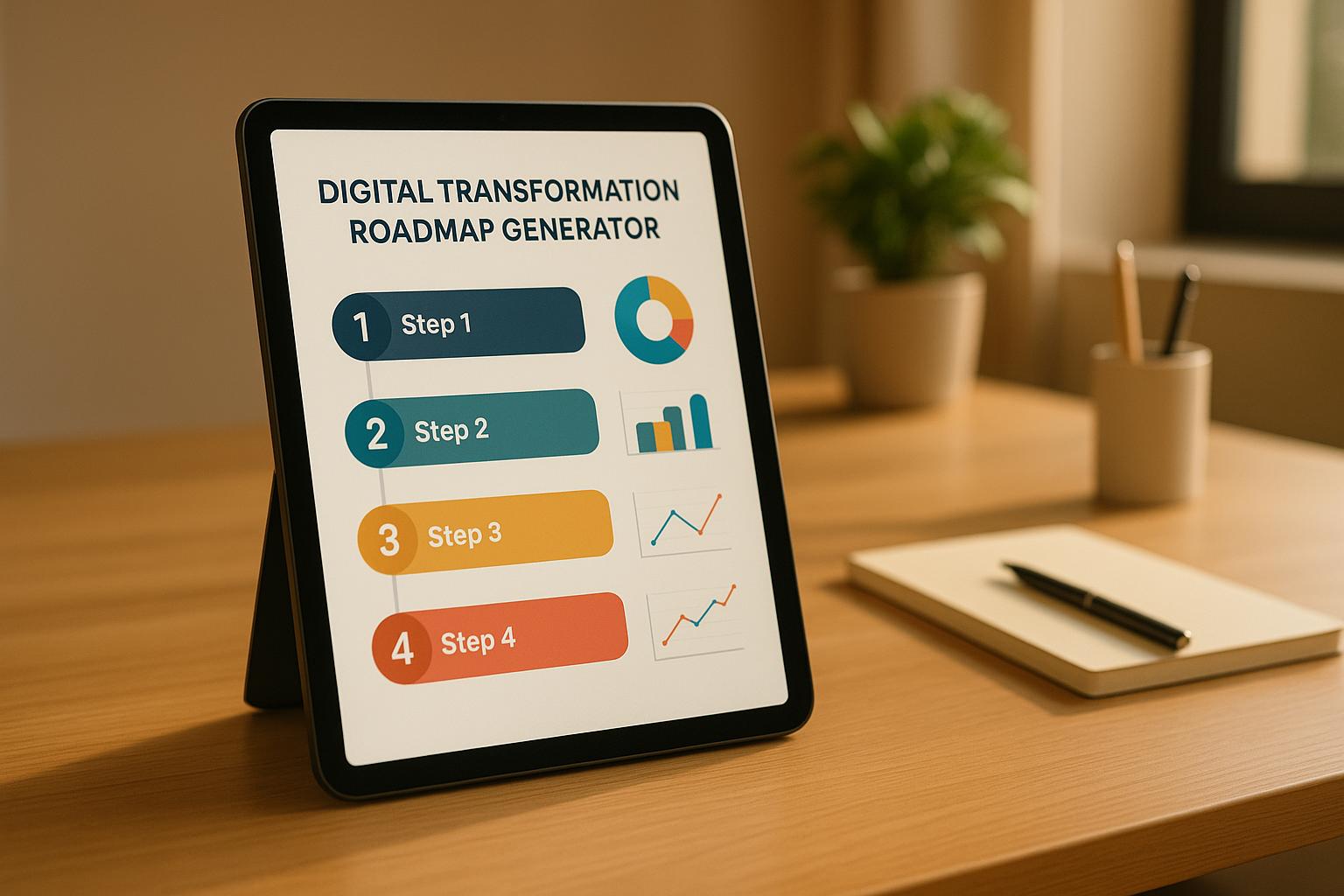
DePIN: Decentralized Physical Infrastructure Networks – The Future of Web3 Infrastructure
Depin is a powerful tool that allows you to effortlessly manage and organize your digital content. With its intuitive interface and robust features, you can easily curate, share, and discover a wide range of media, from articles and videos to images and podcasts. Whether you’re a casual user or a content creator, Depin provides the flexibility and functionality you need to enhance your online experience.
What is DePIN?
Decentralized Physical Infrastructure Networks (DePIN) are blockchain-based protocols that incentivize communities to build and maintain real-world physical infrastructure. Unlike traditional infrastructure models where large corporations or governments deploy and control networks, DePIN protocols enable individuals and communities to contribute physical resources—such as wireless connectivity, computing power, storage, or energy—in exchange for cryptocurrency rewards.
The concept bridges the gap between the digital Web3 ecosystem and tangible, real-world infrastructure. By leveraging blockchain technology, smart contracts, and token incentives, DePIN networks create sustainable economic models that reward participants for their contributions while building robust, decentralized infrastructure networks.
How DePIN Networks Function
DePIN networks operate on a simple yet powerful principle: crypto-economic incentives drive infrastructure deployment. Here’s how the typical DePIN model works:
Incentive Layer: Blockchain protocols issue tokens to reward network participants who contribute physical infrastructure resources. These rewards are distributed based on the value and quality of services provided.
Physical Infrastructure: Individual participants deploy physical hardware—whether that’s wireless hotspots, storage devices, computing nodes, or energy systems—that collectively form the network infrastructure.
Demand Side: Users and enterprises consume services from the network, paying fees that ultimately reward infrastructure providers and sustain the ecosystem.
Governance: Token holders often participate in network governance, voting on protocol upgrades, reward structures, and strategic decisions that shape the network’s evolution.
This model creates a virtuous cycle where increasing demand for services leads to higher rewards for infrastructure providers, which attracts more participants and improves network quality and coverage.
Key Categories of DePIN Networks
DePIN encompasses several distinct categories, each addressing different infrastructure needs:
Wireless Networks: Projects like Helium enable individuals to deploy cellular and WiFi hotspots, creating decentralized wireless coverage. These networks can provide IoT connectivity, mobile data services, and internet access in underserved areas.
Compute Networks: Distributed computing platforms allow users to contribute processing power for various applications, from AI training to video rendering. These networks aggregate idle computational resources to create powerful, cost-effective computing solutions.
Storage Networks: Decentralized storage protocols enable users to contribute hard drive space in exchange for tokens, creating distributed alternatives to centralized cloud storage providers.
Energy Networks: Some DePIN projects focus on energy infrastructure, enabling peer-to-peer energy trading, EV charging networks, or distributed renewable energy systems.
Mobility Networks: Transportation-focused DePIN networks can include ride-sharing protocols, vehicle tracking systems, or logistics networks that reward participants for providing mobility services.
Advantages of DePIN Over Traditional Infrastructure
The DePIN model offers several compelling advantages over traditional centralized infrastructure approaches:
Faster Deployment: By incentivizing individual participants rather than relying on large-scale corporate or government initiatives, DePIN networks can achieve rapid geographic expansion and deployment speed.
Cost Efficiency: Distributed ownership and operation models often result in lower costs compared to traditional infrastructure, as participants are motivated by direct economic incentives rather than corporate profit margins.
Resilience: Decentralized networks are inherently more resistant to single points of failure, natural disasters, or targeted attacks, as they don’t rely on centralized infrastructure points.
Democratic Access: DePIN networks can provide infrastructure access to underserved regions or communities that traditional providers might find economically unviable.
Permissionless Innovation: The open nature of DePIN protocols allows developers and entrepreneurs to build applications and services on top of the infrastructure without requiring permission from gatekeepers.
Real-World Applications and Use Cases
DePIN networks are already demonstrating practical value across various sectors:
IoT Connectivity: Wireless DePIN networks provide cost-effective connectivity for Internet of Things devices, enabling smart city applications, agricultural monitoring, and industrial IoT deployments.
Edge Computing: Distributed compute networks bring processing power closer to end users, reducing latency for applications like gaming, streaming, and real-time analytics.
Data Storage: Decentralized storage networks offer alternatives to traditional cloud providers, with enhanced privacy, redundancy, and potentially lower costs for certain use cases.
Environmental Monitoring: DePIN networks can support distributed sensor networks for air quality monitoring, weather tracking, and environmental research.
Digital Infrastructure for Developing Regions: DePIN models can accelerate infrastructure deployment in areas where traditional providers face economic or logistical challenges.
Challenges and Considerations
While DePIN represents significant potential, several challenges must be addressed for widespread adoption:
Quality Assurance: Ensuring consistent service quality across a distributed network of individual operators requires sophisticated monitoring and incentive mechanisms.
Regulatory Compliance: Physical infrastructure often operates under complex regulatory frameworks that vary by jurisdiction, creating compliance challenges for decentralized networks.
Technical Complexity: Successfully operating DePIN infrastructure requires technical knowledge that may be challenging for average participants.
Economic Sustainability: Token-based reward systems must maintain long-term economic viability while balancing the needs of infrastructure providers, users, and the broader ecosystem.
Scalability: As networks grow, maintaining decentralization while achieving the scale necessary for mainstream adoption presents ongoing technical and governance challenges.
The Future of DePIN in Web3
DePIN represents one of the most tangible applications of Web3 technology, demonstrating how blockchain and cryptocurrency can create real-world value beyond purely digital assets. As the technology matures, we can expect to see increased integration between DePIN networks and other Web3 infrastructure, creating comprehensive decentralized technology stacks.
The sector is likely to benefit from improving hardware costs, advancing blockchain technology, and growing recognition of the benefits of decentralized infrastructure models. As more enterprises and governments explore alternatives to traditional infrastructure approaches, DePIN networks may play an increasingly important role in global technology infrastructure.
For businesses considering Web3 integration or infrastructure modernization, understanding DePIN presents opportunities to participate in next-generation infrastructure networks while potentially reducing costs and increasing resilience. The intersection of physical infrastructure and blockchain technology represents a frontier where traditional business models are being reimagined for the decentralized future.
As Web3 continues evolving beyond financial applications, DePIN networks demonstrate the technology’s potential to reshape fundamental aspects of how we build and operate the physical infrastructure that powers our digital world. The success of these networks will largely depend on their ability to balance decentralization with practical functionality, creating sustainable economic models that benefit all participants in the ecosystem.
Ready to Explore DePIN for Your Business?
The emergence of Decentralized Physical Infrastructure Networks presents unique opportunities for forward-thinking businesses to reduce infrastructure costs, increase resilience, and participate in the next generation of decentralized technology. Whether you’re looking to integrate DePIN solutions into your existing operations or explore new business models in the Web3 space, having the right technical expertise is crucial.
DigitalFractal is Edmonton’s premier technology consulting company, specializing in both Web2 and Web3 technologies. Our team has deep expertise in blockchain development, mobile and web applications, and emerging decentralized technologies like DePIN. We help businesses navigate the complex landscape of Web3 adoption while ensuring practical, scalable solutions that deliver real business value.
From strategy development and technical implementation to ongoing support and optimization, we provide comprehensive services to help your organization leverage the power of decentralized infrastructure networks.
Contact DigitalFractal today to discuss how DePIN and other Web3 technologies can transform your business infrastructure and unlock new opportunities in the decentralized economy.

